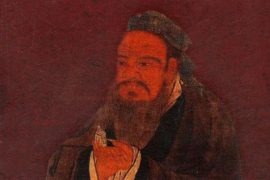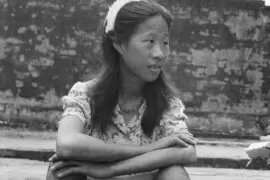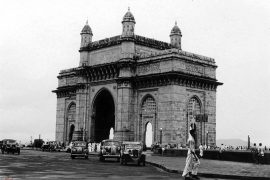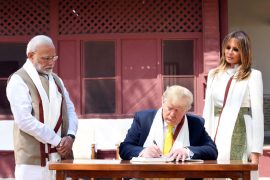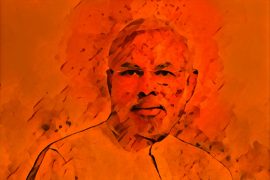In Darjeeling’s old cemetery lies buried Sándor (Alexander) Kőrösi Csoma aka ‘Sikander Beg,’ late of Transylvania, then part of Austria-Hungary, and now in Romania. Born in 1784 of peasant stock, so poor that only charity enabled him to secure an education, Csoma is one of the nineteenth century’s extraordinary figures whose work inaugurated a new branch of study that continues to enjoy wide currency across the world.
In the nineteenth century, Oriental Studies was a much sought-after area of learning. It afforded one the opportunity to travel, a rare privilege in those days. The possibility of doing cutting-edge, pioneering work was another attraction. Csoma strayed into Oriental Studies in the process of searching for the roots of the Hungarian community or the Magyars, as they were known.
The Magyar language was distinct from those of its neighbours in Central Europe, with many wondering about the origins of the language and the original home of the Magyar people. Some believed that the answer to the mystery lay in Asia. Attila, the Hun, was thought to be an ancestor, with the theory being that the Magyars’ kinsmen still lived there in Mongolia. And it was to verify this theory that Csoma set out.
By the age of eighteen, Csoma had already resolved to pursue this line of thought and attended university in Gottingen, Germany, where he studied Oriental languages. After years of study, in 1818, he returned to his old school in Nagenyed to study the Slavic languages as he proposed to travel through Russia to reach his destination. With a small grant that a local administrator offered him, Csoma embarked on his journey in 1819.
Copyright©Madras Courier, All Rights Reserved. You may share using our article tools. Please don't cut articles from madrascourier.com and redistribute by email, post to the web, mobile phone or social media.Please send in your feed back and comments to [email protected]


